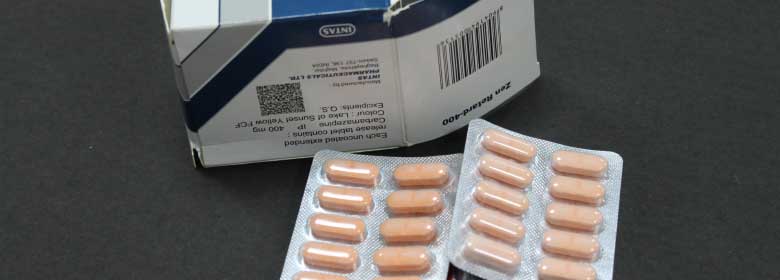There are many successful medical barcode system implementations across the world. Here are a few examples:
-
Medical Equipment Tracking
Some hospitals and healthcare facilities have implemented barcode systems for medical equipment
tracking. The barcode system ensures that medical equipment is properly tracked and maintained, which
helps reduce equipment downtime and improve patient care.
-
Medication Administration
Many hospitals and healthcare facilities have implemented barcode systems for medication
administration.
The barcode system ensures that patients receive the correct medication and dosage, which helps reduce
medication errors and improve patient safety.
-
Patient Identification
Some hospitals and healthcare facilities have implemented barcode systems for patient identification.
The barcode system ensures that patients are accurately identified, which helps reduce errors and
improve patient safety.
-
Blood Transfusions
Barcode systems have also been implemented for blood transfusions. The barcode system ensures that
patients receive the correct blood type and that the blood is properly tracked, which helps reduce
errors and improve patient safety.
Download Medical Barcode System Software Here ↠
Integration of Medical Barcode Systems with Electronic Health Records (EHRs)
Barcode systems can integrate with electronic health records (EHRs) and other hospital information systems
to improve patient safety, streamline workflows, and increase efficiency in healthcare settings. Here are
some ways that barcode systems can integrate with EHRs and other hospital information systems:
-
✪ Patient Identification
Barcodes can be used to identify patients and match them to their medical records. Patients can be
issued barcode wristbands or ID cards, which can be scanned to retrieve their medical records and
ensure that the correct treatment is provided.
-
✪ Medication Administration
Barcodes can be used to ensure that patients receive the correct medication at the correct dose and
at the correct time. Medications can be labeled with barcodes that contain information about the
medication, dosage, and administration instructions. Nurses can scan the barcode to confirm the
medication order, reducing the likelihood of medication errors.
-
✪ Inventory Management
Barcodes can be used to track medical supplies and equipment, ensuring that they are properly stocked
and available when needed. Supplies and equipment can be labeled with barcodes that contain
information about the item, location, and quantity on hand. Staff can scan the barcode to update
inventory levels and track usage.
-
✪ Data Integration
Barcode systems can be integrated with EHRs and other hospital information systems to automatically
update patient records and other systems with information captured by the barcode. This reduces the
need for manual data entry and ensures that information is accurate and up-to-date across all systems.
Overall, barcode systems can be a powerful tool for improving patient safety and efficiency in healthcare
settings by integrating with EHRs and other hospital information systems to streamline workflows, reduce
errors, and increase efficiency.
